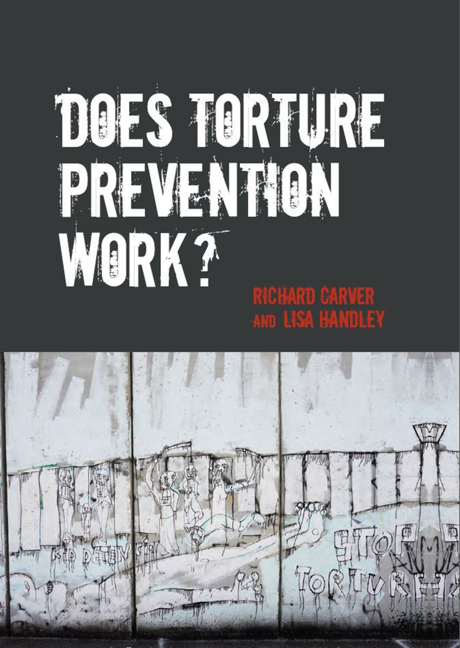Book contents
- Frontmatter
- Contents
- List of Tables
- List of Figures
- Foreword
- Acknowledgments
- Contributors
- 1 Introduction
- Overview and Findings
- Prevention Sustained
- Prevention Stalled
- Prevention Expected
- Prevention Denied
- 14 Ethiopia
- 15 India
- 16 Kyrgyzstan
- 17 The Philippines
- Conclusion and Future Strategies
- Bibliography
- Index
16 - Kyrgyzstan
from Prevention Denied
- Frontmatter
- Contents
- List of Tables
- List of Figures
- Foreword
- Acknowledgments
- Contributors
- 1 Introduction
- Overview and Findings
- Prevention Sustained
- Prevention Stalled
- Prevention Expected
- Prevention Denied
- 14 Ethiopia
- 15 India
- 16 Kyrgyzstan
- 17 The Philippines
- Conclusion and Future Strategies
- Bibliography
- Index
Summary
Introduction
Kyrgyzstan's political history in the past 30 years has been particularly influenced by the independence of the Kyrgyz Republic after the collapse of the Soviet Union in 1991, ethnic tensions in the south that led to violent clashes in 1990 and 2010, and revolutions in 2005 and 2010.
Before independence, the Soviet period (during which Kyrgyzstan was the Kyrgyz Soviet Socialist Republic, SSR) was marked by widespread repression of civil and political rights, though the situation improved towards the end of the 1980s under the rule of Mikhail Gorbachev. The Kyrgyz Republic became an independent state on 31 August 1991, under a presidential system led by Askar Akayev. A long period of economic decline followed. High unemployment and poverty were exacerbated by rising external debt and a ‘brain drain’ of ethnic Russians that particularly affected the criminal justice sector. Having failed to invest adequately in security and law enforcement, the new republic was ill-equipped to deal with the emergence of organized crime, including drugs and weapons trafficking, and the radical extremism that spilled over from the neighbouring countries of Afghanistan, Tajikistan, and Uzbekistan.
President Akayev came to office expressing a strong commitment to human rights but violations of civil and political rights became increasingly flagrant. Serious repression and intimidation of human rights defenders and the press were accompanied by a crackdown on Islamic organizations in the name of fighting terrorism. The human rights situation worsened during the course of Akayev's last term (2000–05). Anti-government protests after Akayev's re-election in 2005 led to a popular revolt that overthrew the President (the ‘Tulip Revolution’).
Akayev's successor, Kurmanbek Bakiyev, failed to establish stability and his term was marked by a constant power struggle with the opposition. Following the Tulip Revolution, a power vacuum caused political and social turmoil. Street battles between pro- and anti-government protesters reportedly brought Kyrgyzstan to ‘the verge of political breakdown and possible civil war’.
- Type
- Chapter
- Information
- Does Torture Prevention Work? , pp. 549 - 590Publisher: Liverpool University PressPrint publication year: 2016

